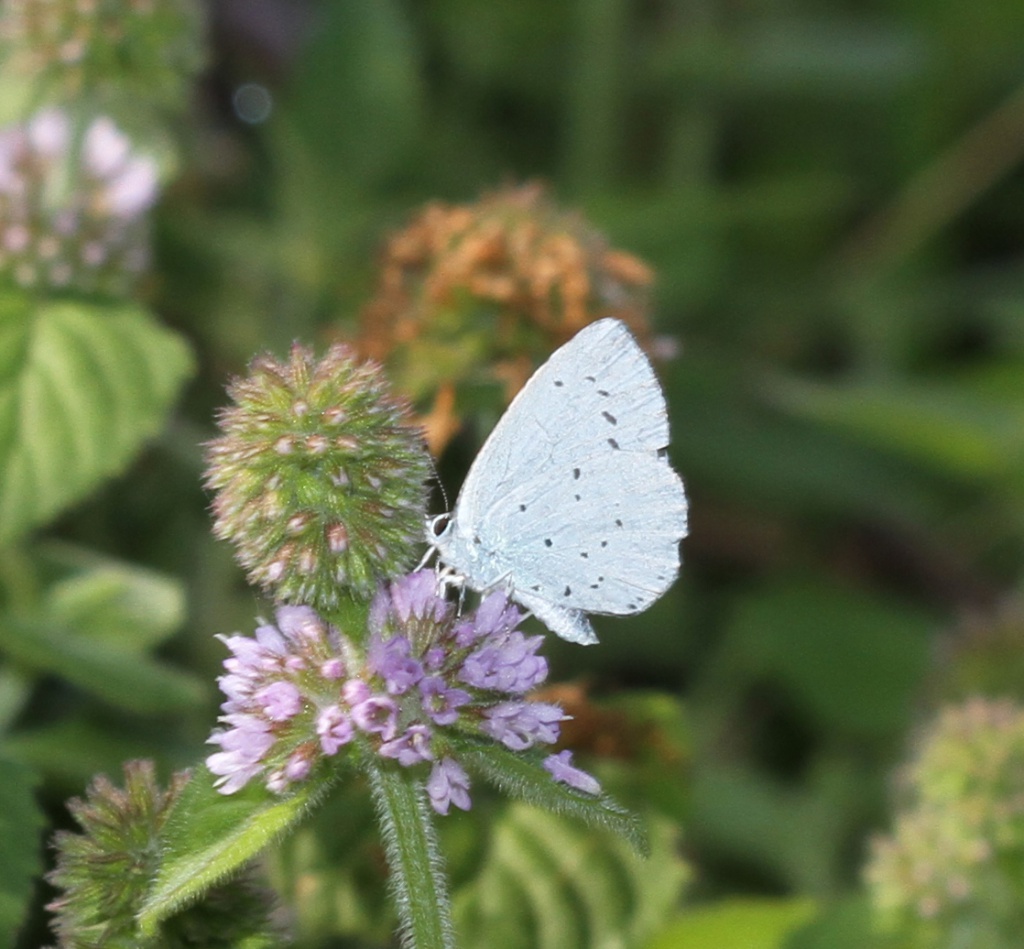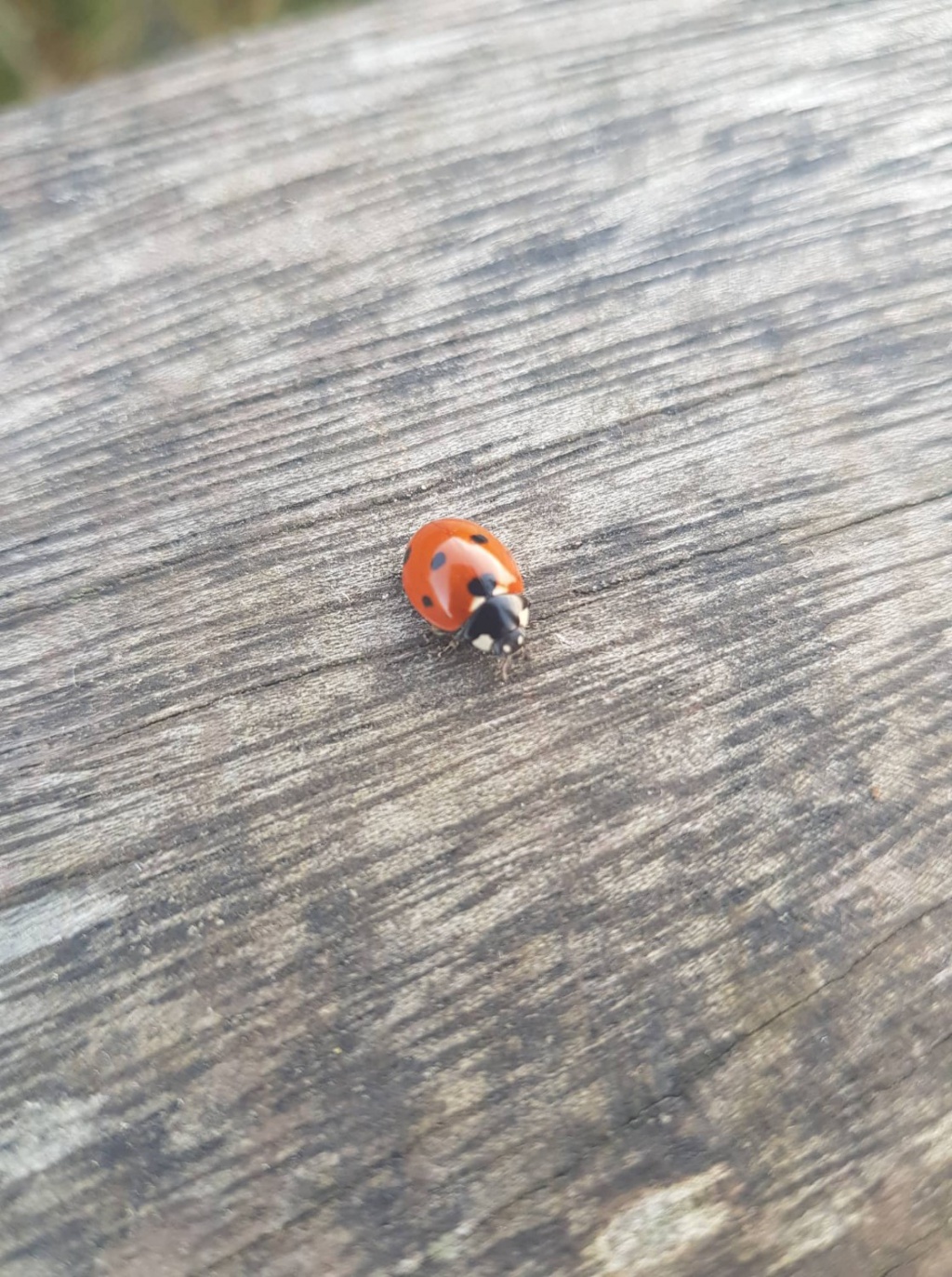Weird Insect Facts
Weird Insect Facts
Author: Elodie Crepin
Maybe you like to look at the insects around you. But do you really know them? Here are some facts about the main insects you are probably used to seeing.
Diptera (Flies)
- Female scorpionfly will only mate with a male if he has present for her such as caterpillars, bugs and flies that have been captured alive.
- Fruit flies were the first living creatures to be sent into space.
- Houseflies find sugar with their feet, which are 10 million times more sensitive than human tongues.
- Mosquitos are attracted to smelly feet.
- Only female mosquitoes bite.
Lepidoptera (Butterflies and Moths)
- Butterflies taste with their feet. They have taste receptors on their feet to help them find their host plants and locate food.
- Some moths never eat anything as adults because they do not have mouths. They must live on the energy they stored as caterpillars.
- Butterflies do not just feed on nectar. They also feed in puddles and animal feces to meet their mineral needs.
- Below 55 degrees Fahrenheit (12.78°C) butterflies are rendered immobile, unable to flee from predators or feed.
- Butterflies adopt different strategies to fool their predators. Some butterflies fold their wings to blend into the background, using camouflage to make themselves virtually invisible to predators. Others have vibrant colors and patterns that boldly announce their presence. Bright colored insects often pack a toxic punch if eaten, so predators learn to avoid them.
Hymenoptera (Sawflies, Bees, Wasps, Ants)
- Bees have two stomachs. The first is for their digestion. The second stomach, called the crop or honey stomach, is used to store the nectar they collect from the flowers to take back to the hive. It is also used to carry water, which is essential for making honey.
- Honey bees visit about two million flowers and fly 80,000 km to produce one pound of honey. That is the equivalent of circling the planet Earth twice.
- Honey bees have a dance move called the ‘waggle dance’. It is not actually a dance move at all, rather a clever way of communicating between themselves to tell their nestmates where to go to find the best source of food.
- If the queen bee dies in a honey bee hive the workers can create a new queen bee. For this purpose, they select a young larva and, by feeding it a special food called "royal jelly", the larva develops into a fertile queen.
- Ants and humans are the only two species that farm other creatures. Indeed, ants farm aphids in a mutualistic relationship. The aphids provide honeydew to the ants while the ants will take the aphids into their nests at night to protect them from predators and escort them back to a plant the next morning.
Coleoptera (Beetles)
- Ladybird might eat more than 5,000 aphids in its lifetime
- Bombardier beetles can synthesize and release rapid bursts of stinky, burning-hot liquid from their rear ends. These noxious emissions can kill other insects, or startle potential predators into backing off. Bombardier emissions range from slow secretions to rapid bursts, hot enough to burn and stain human skin.
- One dung beetle can drag 1,141 times its weight. That is like a human pulling six double-decker buses.
- The stag beetle is the largest species of insect to be found in the UK. The male is between 4 and 7 cm long and the female is between 2.5 and 4 cm long.
- Glow-worm larvae attack snails at the bottom of their shells. They bite them and inject their paralyzing saliva into them. The snail's flesh becomes liquid. The glow-worm larvae suck it up and leave the shell clean.
Photo credit:
Holly Blue, Tim Ransom
7 spot Ladybird, Louise Whale


Friday, August 7, 2020 - 16:28
